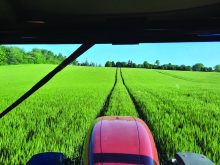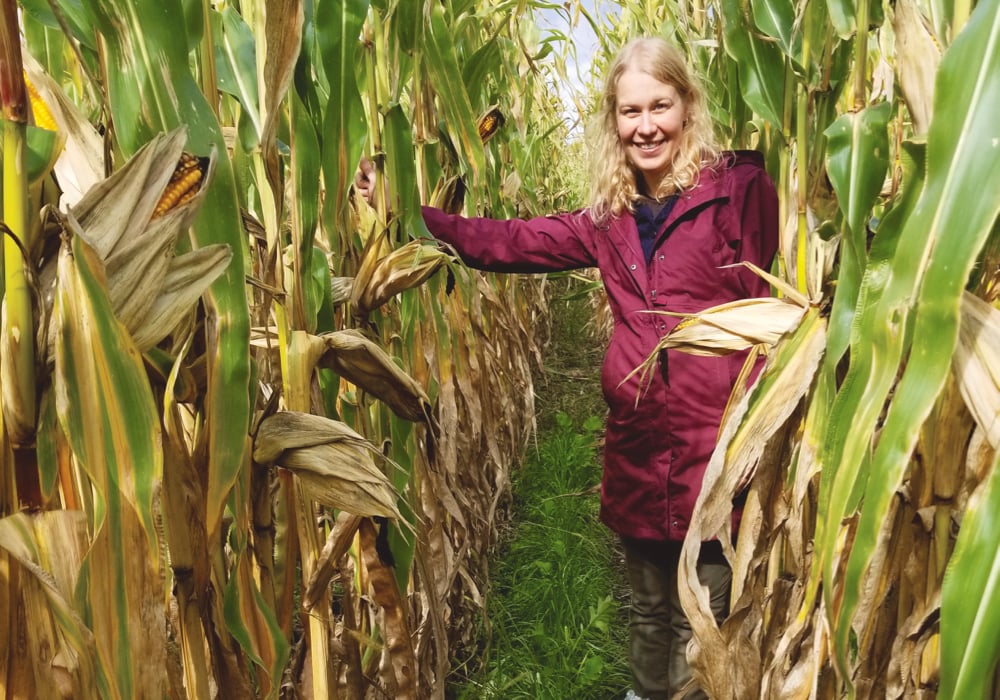While many people are focused on the fight to end hunger, Ismail Cakmak is focused on the fight to end hidden hunger.
“Hunger is a lack of food and that is related to food security,” Cakmak told participants during a special seminar at the University of Manitoba this summer. “But hidden hunger means lack of the vitamins and minerals in a given food. So we have to distinguish food security from nutrition security.”
While the so-called Green Revolution did a great deal to increase yields, the push for bigger harvests also had unintended consequences, said Cakmak, a professor of molecular biology, genetics and bioengineering at Istanbul’s Sabanci University. For one, it diminished the amount of nutrients in staple grain crops, such as wheat and corn.
Read Also

Agronomists share tips for evaluating new crop products and tech: Pt. 3
With new products, new production practices and new technology converging on the agriculture industry at a frenetic pace in recent…
“During the Green Revolution we focused always on the new genotypes having high capacity to produce more yield, make more grain, and more starch in the grain…but during that time we didn’t pay sufficient attention to the nutritional value of the products that they produced,” Cakmak said.
In wealthy, developed countries where vast quantities of animal protein are consumed, micronutrient deficiency isn’t a problem, he explained. But in poor, developing nations where people eat little animal protein, diets are unable to compensate for the low level of micronutrients found in wheat, corn and rice.
“After a certain amount of time, deficiency problems with micronutrients develop because in the developing world, due to socio-economic reasons people eat a lot of cereal-based foods,” said the professor.
In some regions of the world, 75 per cent of people’s daily caloric intake comes from cereal crops, he said.

Interim solution
While developing new cultivars better able to take up micronutrients like zinc, iodine and iron is one possible solution, Cakmak said that plant breeding is a slow, long-term process that won’t offer relief for decades. Fortification could provide very short-term relief to hidden hunger, but would be too expensive to maintain.
“Tell me, how can we implement such a solution in the rural areas of India? You cannot,” he said. “Supplementation, fortification can be a good solution, but it is a short-term solution.”
Even with better cereal varieties, micronutrient-deficient soils could still defeat the best efforts of plant breeders, he said. About 40 per cent of the world’s agricultural soils have some type of nutrient deficiency, he said.
“Zinc deficiency and iron deficiency are very common problems in agricultural soil,” he said. “Today nearly 50 per cent of cereal soils have zinc deficiency… now imagine that you are growing these cereals on such deficient soils, you further reduce the plant’s ability to take up zinc.”
“There is also close overlap between human zinc deficiency and soil zinc deficiency, and when you have zinc deficiency problems in the soil, then you have another problem, an agronomic problem, the seed has poor growth.”
Foliar application
But Cakmak said there is a third option in the works. It would see farmers apply micronutrients as a foliar fertilizer.
“When we apply zinc not to soil, but to foliage, to leaves, shoots, you improve (wheat’s) zinc concentration by 85 per cent, sometimes 100 per cent,” said the professor, adding the new and unpublished findings come from his work with the HarvestZinc Fertilizer Project.
HarvestPlus Program, which is largely funded by the Bill and Melinda Gates Foundation, HarvestZinc was launched in 2008 and is now in its third phase. Researchers are testing newly developed zinc- and iodine-containing fertilizers on wheat, rice and corn in China, India, Thailand, Pakistan, South Africa and Brazil.
“So this biofortification, this enrichment of the food crops with micronutrients is a really hot topic today, because up to five per cent of gross domestic production is lost just because of micronutrient deficiency in some countries.”
“That’s huge,” said Cakmak, adding child mortality is also strongly linked to hidden hunger.
However, while wheat responded exceptionally well to foliar applications of zinc and iodine applications, they raised zinc levels in rice by only about 20 per cent, and corn saw no substantial improvement.
What most interests Cakmak is not just that foliar zinc applications increase zinc in wheat, but that it specifically increases zinc levels in wheat endosperm — the most widely consumed portion of the grain.
“When you spray zinc after flowering time… there is a fantastic, very nice increase. You can get the zinc in the endosperm part up to 50 ppm. This is a very good increase, very nice in terms of human health,” he said, noting that humans require zinc to process more than 3,000 different types of protein.
“In the end, agriculture will be the solution to this problem,” he said. “Medicine and agriculture must work together… but the only real solution for micronutrient deficiency globally, has to come from the agricultural sector.”
This article originally appeared in the Manitoba Co-operator.















